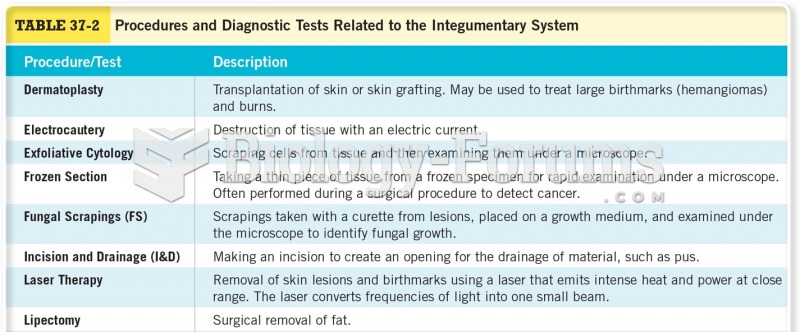Answer to Question 1
The use of labels in diagnosis allows clinicians to formulate and compare diagnoses and to select treatment approaches. However, many psychological disorders carry with them significant stigma. Therefore, the label may diminish the client's self-esteem or result in him/her being treated poorly by others. Incorrect labels can also result in ineffective or harmful treatment choices.
Answer to Question 2
DSM-5 corrects previous omissions in early versions of the DSM by including a plan for integrating important social and cultural influences on diagnosis. The plan, referred to as the cultural formulation guidelines, allows the disorder to be described from the perspective of the patient's personal experience and in terms of the primary social and cultural group, such as Hispanic or Chinese. Answering the following suggested culture-related questions will help accomplish these goals:
1 . What is the primary cultural reference group of the patient? For recent immigrants to the country, as well as other ethnic minorities, how involved are they with their new culture versus their old culture? Have they mastered the language of their new country, or is language a continuing problem?
2 . Does the patient use terms and descriptions from his or her old country to describe the disorder? For example, ataques de nervios in the Hispanic subculture is a type of anxiety disorder close to panic disorder. Does the patient accept Western models of disease or disorder for which treatment is available in healthcare systems, or does the patient also have an alternative healthcare system in another culture (for example, traditional herbal doctors in Chinese subcultures)?
3 . What does it mean to be disabled? Which kinds of disabilities are acceptable in a given culture and which are not? For example, is it acceptable to be physically ill but not to be anxious or depressed? What are the typical family, social, and religious supports in the culture? Are they available to the patient?
These cultural considerations must not be overlooked in making diagnoses and planning treatment, and they are assumed throughout this book. But, as yet, there is no research supporting the use of these cultural formulation guidelines. The consensus is that we have a lot more work to do in this area to make our nosology truly culturally sensitive.







